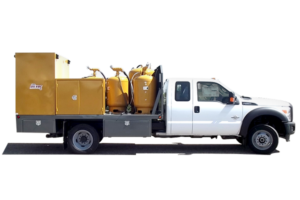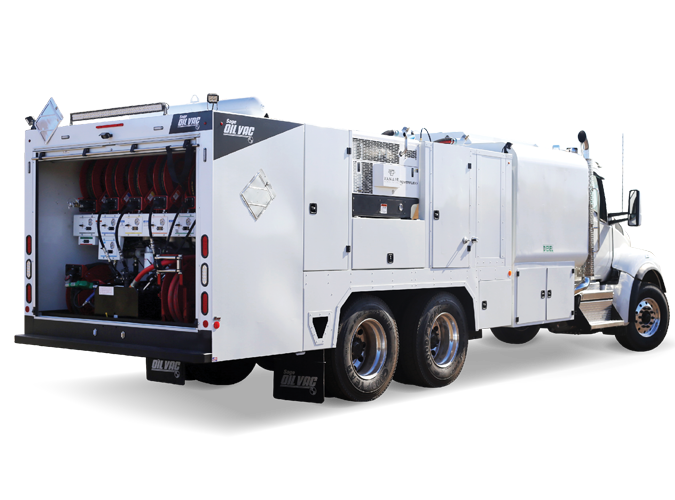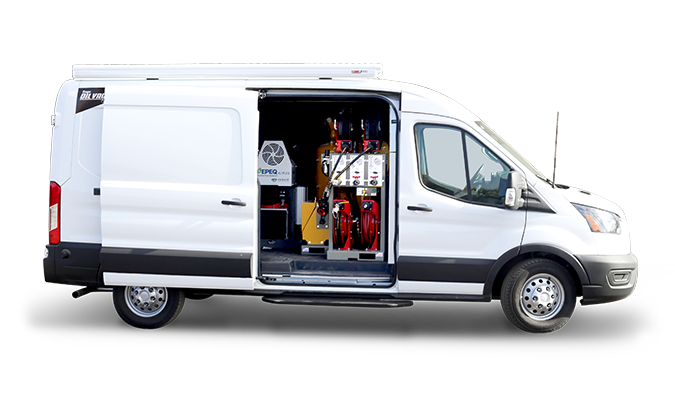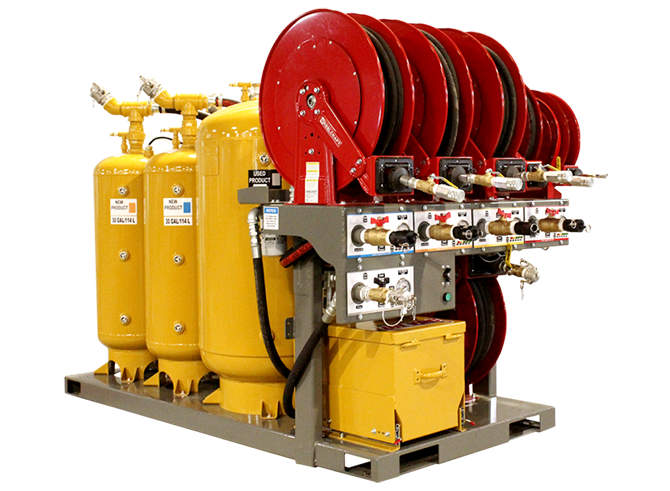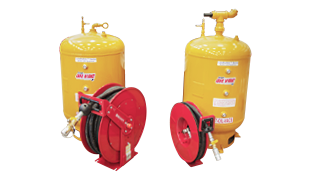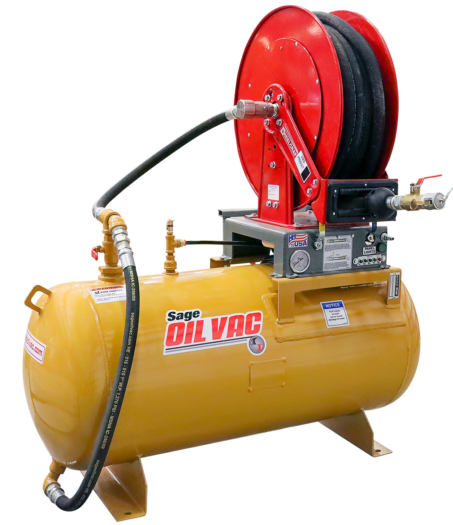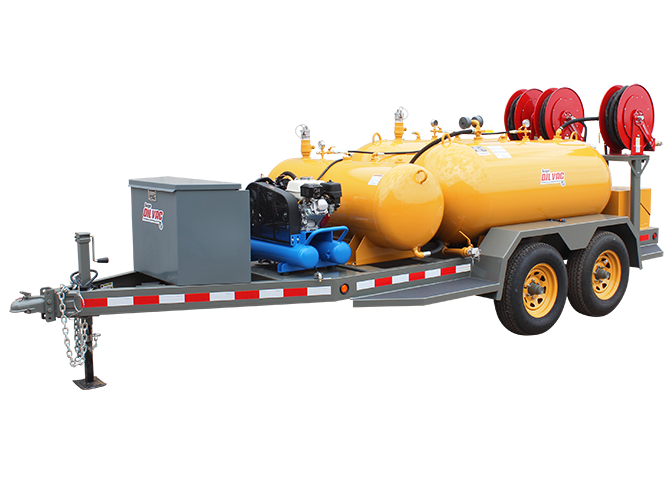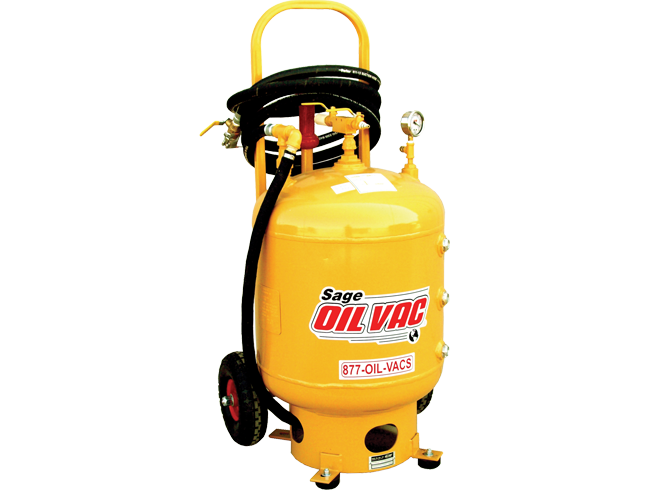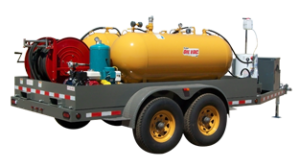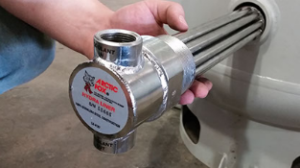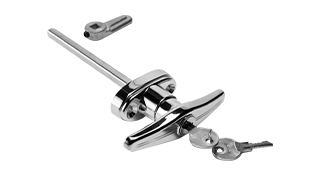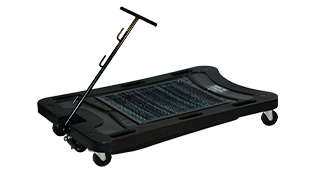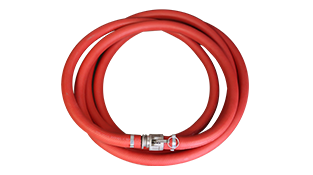5 steps to preventive maintenance parts management
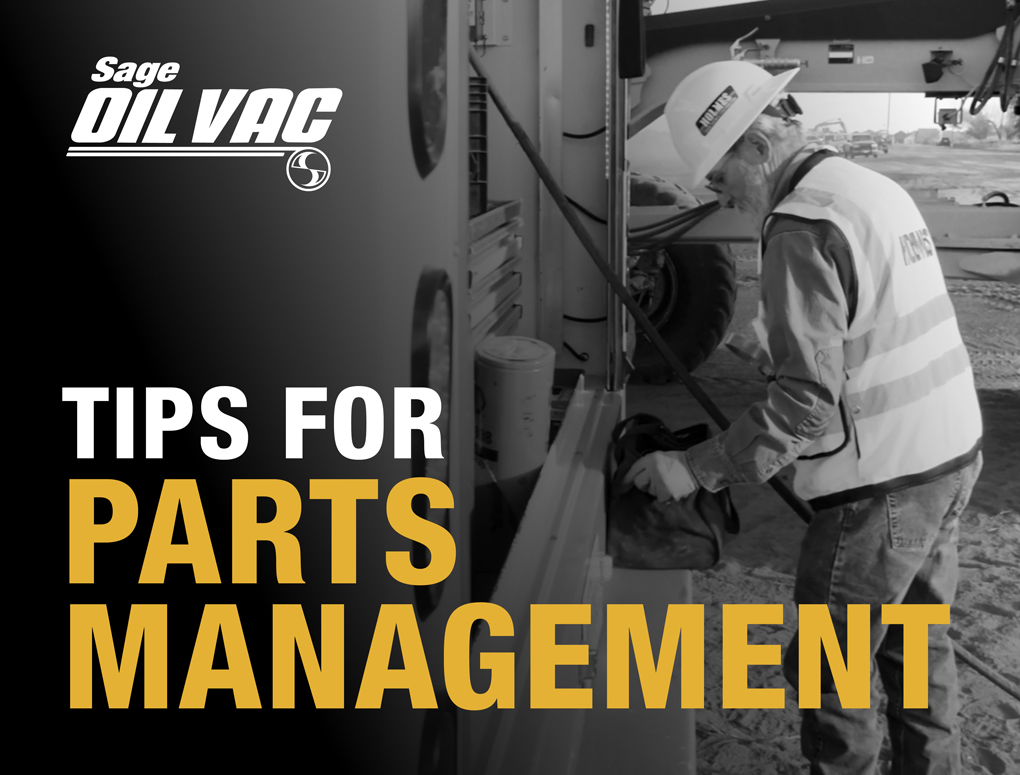
Warmer temperatures and longer days can only mean one thing. The busy season is almost here for preventive maintenance professionals. Are you ready for it? If you’re not stocked up on the preventive maintenance parts you need, the answer is probably not. Fortunately, you can implement a parts management strategy to help your operation get — and stay — ready for whatever the season throws at you. After all, downtime is money out the window. Here are five steps that can help keep your crew on track.
Before you do anything else: Implement a consistent preventive maintenance program
The more consistent you are with your equipment maintenance program, the easier it will be to manage your parts inventory. No more wondering which preventive maintenance parts you have on hand. Your crew will be so familiar with your process and inventory that they won’t even need to look it up in your records — even though it never hurts to double check.
Now, on to the other steps your operation can take.
Step 1: Start with a look back
Does your operation keep a record of the parts you’ve ordered in the past? That could be the key to streamlining the ordering process this year. Keep an eye on which parts pop up frequently in your records. Those are likely the ones your operation uses the most often — and are likely useful to always have on hand. After all, there’s nothing worse than not having the right part in your inventory. It puts your work on hold and can disrupt your busy schedule.
Step 2: Go through your current supplies
Have limited records? You can also get an idea of what parts you need by taking a thorough look through your current inventory. This is also the perfect time to update your inventory list — or get one started. The more up to date your list is, the more confident you can be when ordering additional parts.
Step 3: Figure out usage rates
Once you know which preventive maintenance parts you need, you’ll want to know the quantity to keep on hand. The most accurate way to make that happen is to calculate usage rates. For each type of part, consider how frequently it must be changed and the factors that impact that timeline. Those could include the season and jobsite conditions Then, think about how many pieces of equipment will need service for that part.
Take an engine oil filter for example. You could be changing that filter every 250 hours on each piece of equipment. Do you have enough wear parts on hand to keep up with that demand?
Step 4: Create an inventory buffer
You know what they say about the best laid plans. Even if you’re planning ahead, calculating what you need and keeping inventory on hand, a lead-time or delivery issue could mean you don’t have the preventive maintenance parts you need when you need them. Especially if you’re only keeping exactly what you think you need on hand.
With an inventory buffer, you’ll always have a few more parts than you think you need. They’ll come in handy if supply chain issues threaten to interrupt your workflow.
Step 5: Track inventory levels
Even if you have a feeling you know what your equipment fleet will need during the busy season, make the next year even easier with consistent inventory tracking. Whether you keep track on paper or through an inventory management system, you’ll start to understand your needs in the long term. The more information you collect over time, the more accurate your predictions will be for your preventive maintenance parts.
Streamline the parts-buying process
Once you know what you need for the busy season, you’ll want an easy way to stock up. When it comes to your Sage Oil Vac equipment, we make it easy. Order everything you need online, and we’ll ship it right to your door. It doesn’t get better than that. We have everything you need to keep your preventive maintenance equipment ready to go, from wear parts to lube carts — not to mention exclusive accessories to make the fluid exchange process cleaner, safer and faster. Start shopping today.




